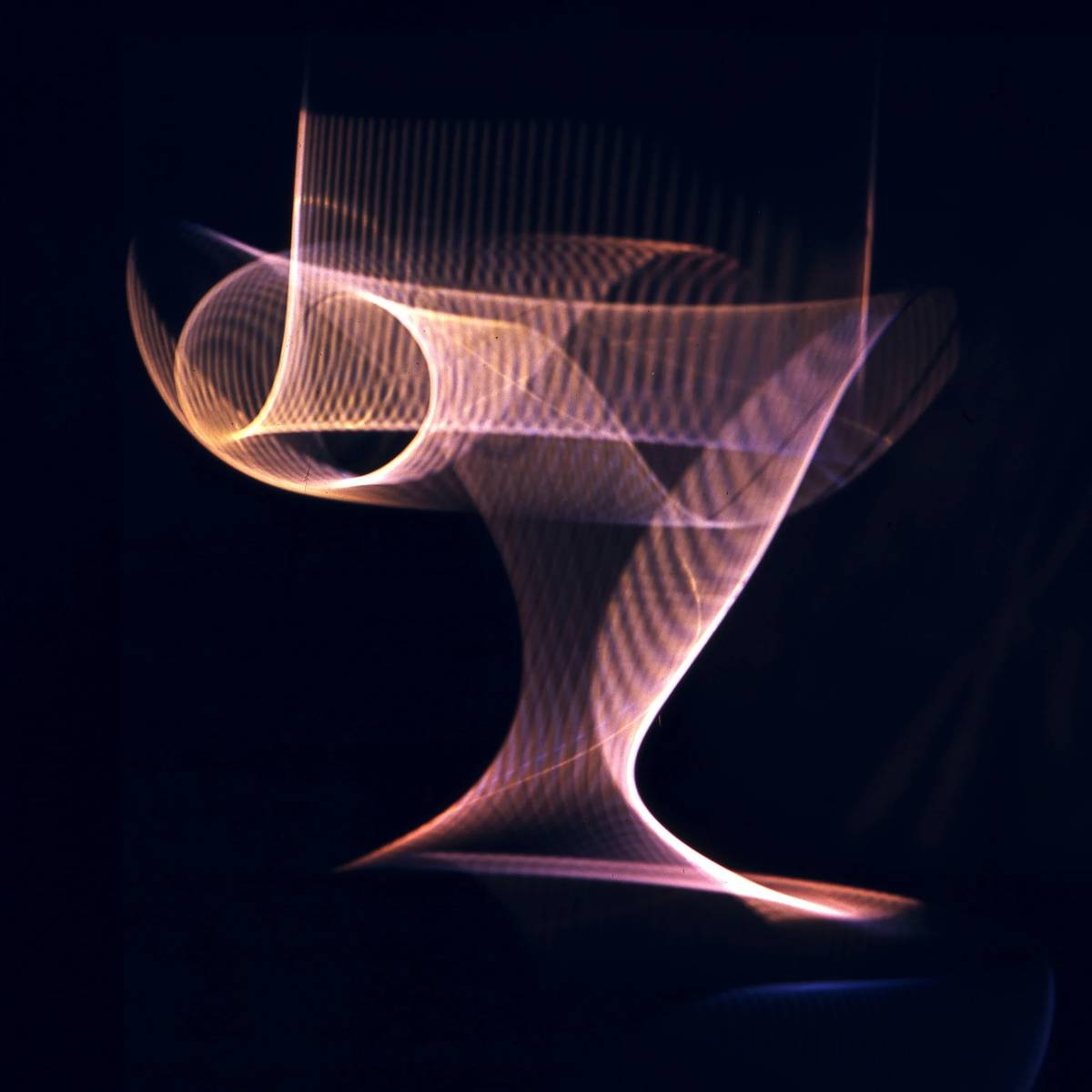Physical Rendering, Drawing Machines and Driving Forces
#078 Creative Coding / Generative Arts Weekly
Nothing kills creativity faster than a wall. -Eric Weiner
First off thank you for continually finding this newsletter interesting! I continue to see growth and I greatly appreciate it! Also thank you so much for the continued support.
Creation and Letting Go
Part of the process of being an artist or creator, is letting go of one self.
Many times figuratively, sometimes literally. Like Piero Manzoni' Canned Excrement or Andy Warhol's Oxidation Paints.
To let go as an artist is giving oneself a way to take in my surroundings, culture, history, intent. Like a child that gives way to his imagination. This thread of conscious "loosing oneself" becomes the process of generating a treasure map.. one's own journey.
This stream can also be a bit like chewing cud.. when a cow eats grass, they will rechew their food as part of their digestive system. It can be
a slow.......... and tedious....ly methodi.......cal mar.......................ch.
It is the influences, life circumstance, experiences that make up the "tones" and characteristics as their raw materials which shape into the creative work of an individual. These materials provide the foundation of using skills and explorations to synthesize and concentrate this journey into a medium in which they can express themselves.
Now back to the map...it isn't a map that leads to a prize (fame, money, prestige), but it is a journey.
It's the journey to reinterpret, struggle, through a process of finding the pinnacles where their intent resounds with the material in which they work.
An artist's output can sometimes be a bottle of angel's tears.
Letting go of oneself is the process of letting "driving forces" create.
Yet there are greater hinderances..
Having the burden of "pleasing" people with your creation can become a powerful deterrent.
Now I'm not saying that when hired for a specific job, one should be in the business of pleasing people.
But when it comes to art.
The art must go on.
Personal Note:
I was able to spend a couple days in Berlin and geek out with a bunch of artists and generative enthusiasts.
It was an experience worth cherishing.
The event was hosted by Herbert Franke’s estate and wonderful partner Susanne in which she dreamt of a way to engage and celebrate the history of 60+ years of artists / scientists / engineers interested in algorithmic art.
Herbert W. Franke (1927-2022), who was born in Vienna and studied physics there, had a significant influence on literature, art and science. As an artist, he began with experimental photography in the early 1950s and later focussed on computer-generated works of art. Illuminating the Invisible is dedicated exclusively to Franke's artistic oeuvre and shows a curated selection of his most important works based on his periods of activity: Generative Photography, Computer Systems, Math Art and PC Works. Link
Over the two days individuals from these generations presented on early technical challenges and an homage to the appreciation of this question, how does art and science meet.
I’m still digesting from the week and will post more about it in a future newsletter.
Hope all is well!
Many wishes!
Chris Ried
Tutorials & Articles
Images that Sound:Composing Images and Sounds on a Single Canvas
Spectrograms are 2D representations of sound that look very different from the images found in our visual world. And natural images, when played as spectrograms, make unnatural sounds. In this paper, we show that it is possible to synthesize spectrograms that simultaneously look like natural images and sound like natural audio. We call these spectrograms images that sound. Our approach is simple and zero-shot, and it leverages pre-trained text-to-image and text-to-spectrogram diffusion models that operate in a shared latent space. During the reverse process, we denoise noisy latents with both the audio and image diffusion models in parallel, resulting in a sample that is likely under both models. Through quantitative evaluations and perceptual studies, we find that our method successfully generates spectrograms that align with a desired audio prompt while also taking the visual appearance of a desired image prompt.
This again is really interesting way to encrypt data and can be interesting to eventually plug into an artistic practice on how one might embed information and experience it in a different way.
Grasshopper for Beginners - Full 2024 Course
Grasshopper is a plugin built into Rhino3D popular among architects to generate parametric like structures. This is a node based programming and Geometric Nodes in Blender are on its way to have the functionality that Grasshopper does but it’s worth learning if you have any interest in 3D rendering and node based programming.




